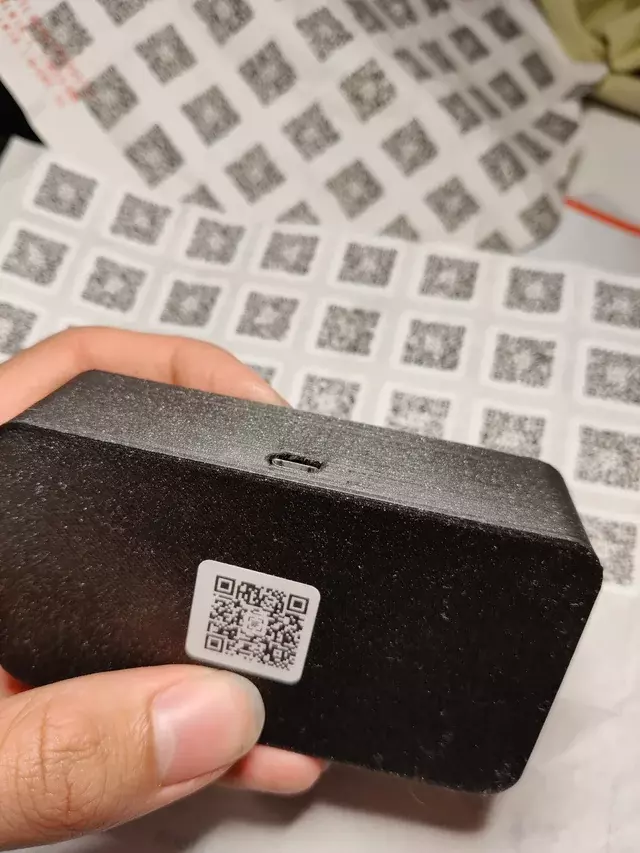12
23
18
1
Connecting Raspberry Pi HATs Wirelessly with PiSquare Launching on Kickstarter
(shopmakergenix.blogspot.com)
19
1
20
1
Dual Ch AC DC Converter 100~250V | Output voltage:12V+5V | Output voltage: 24V+5V
(www.kickstarter.com)
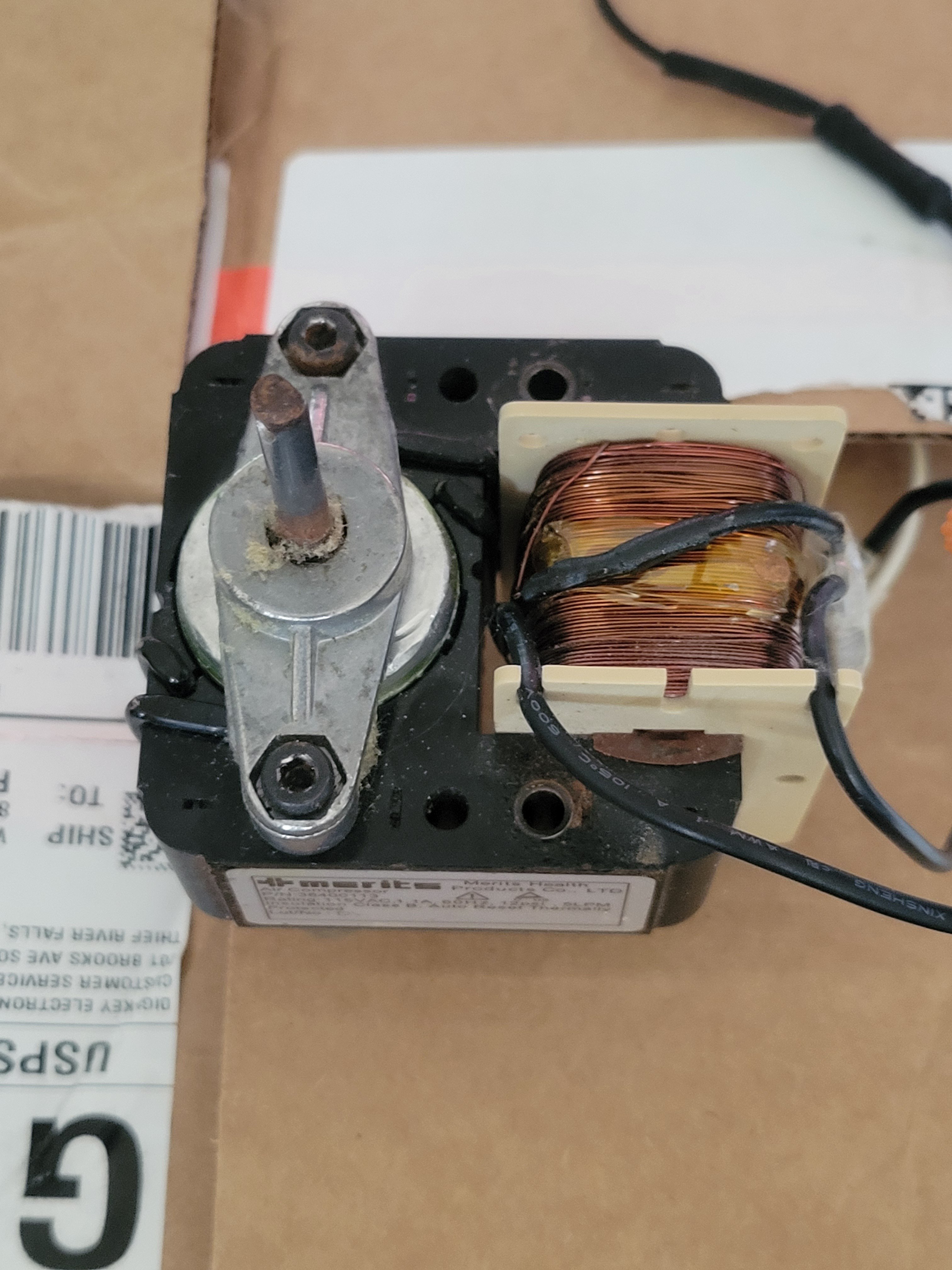
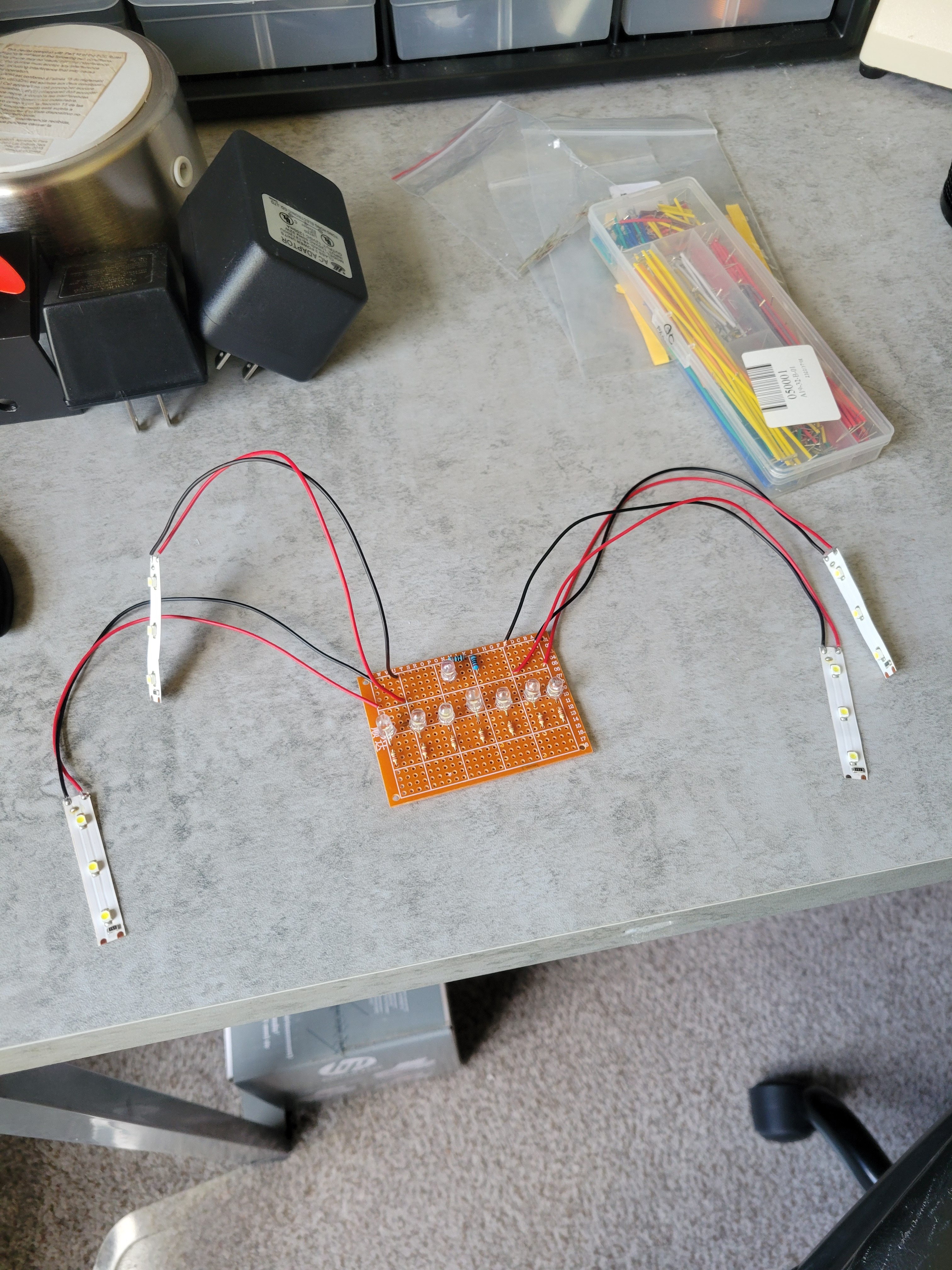
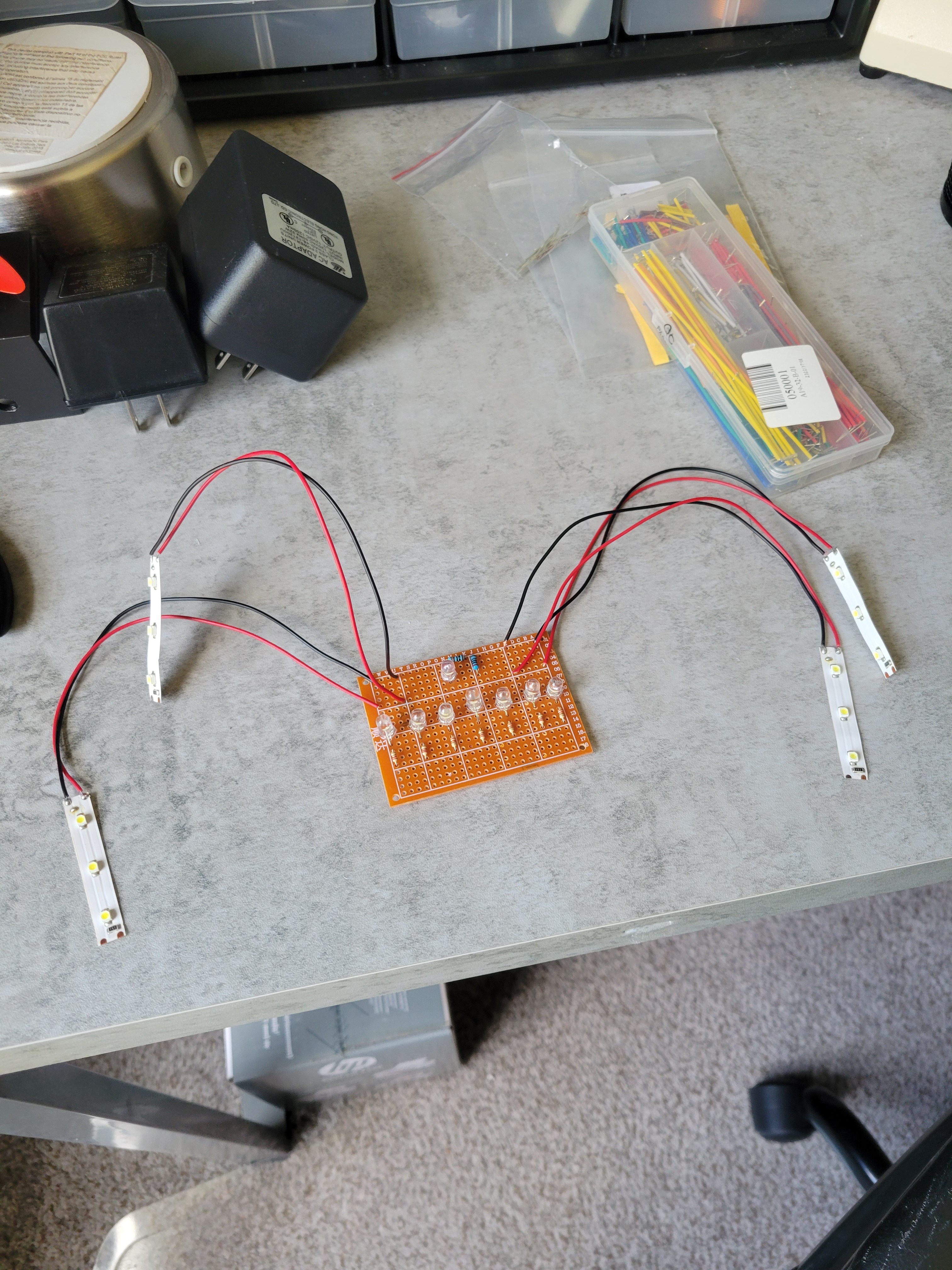

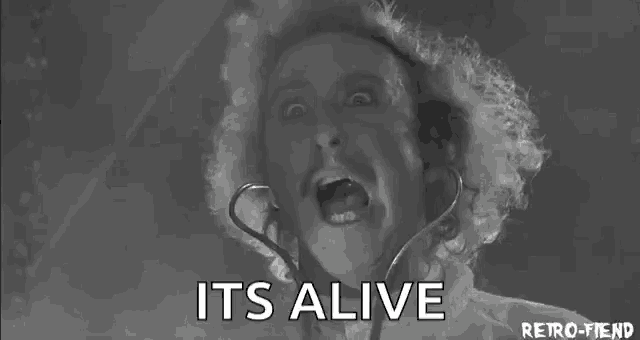
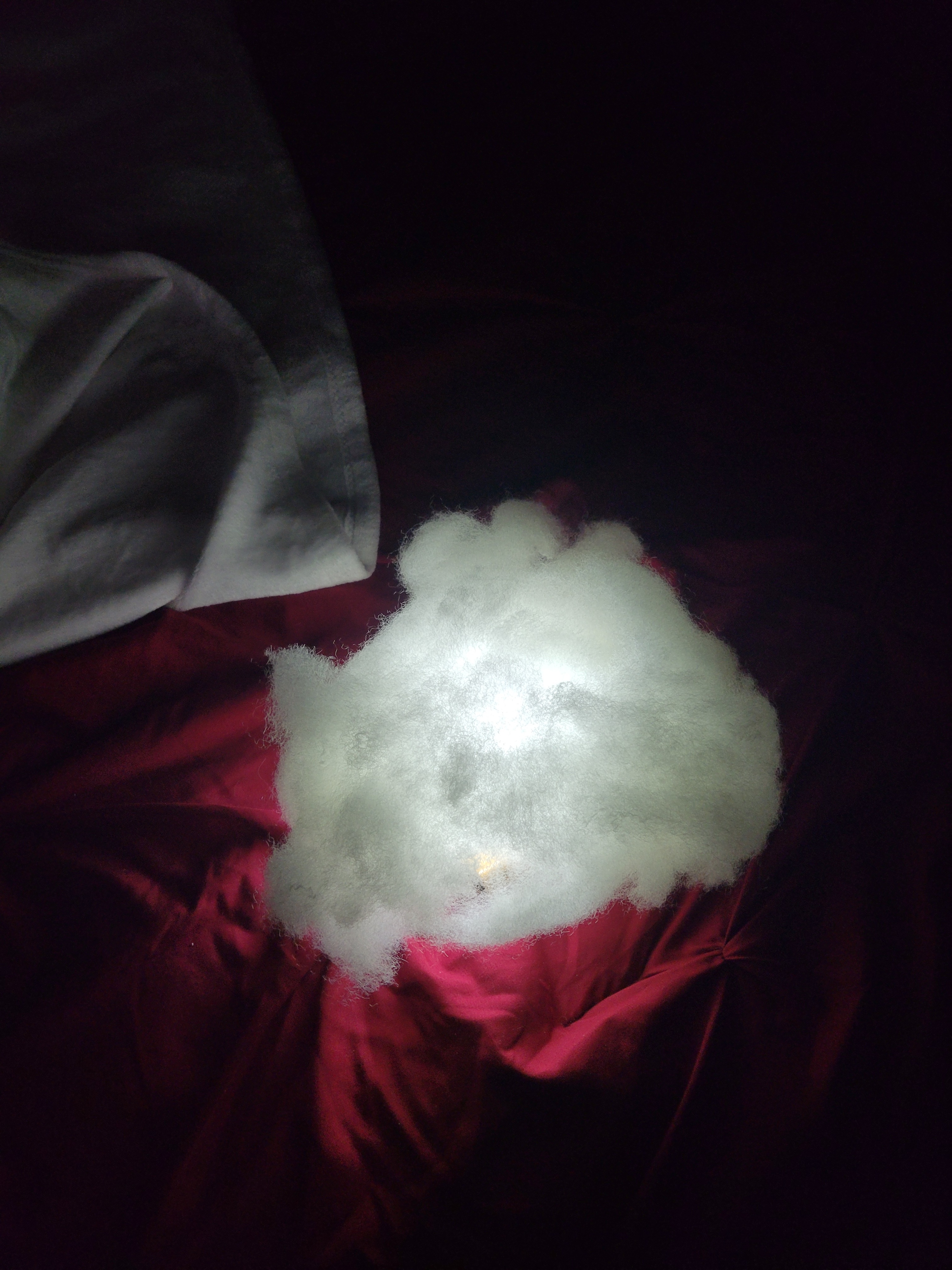

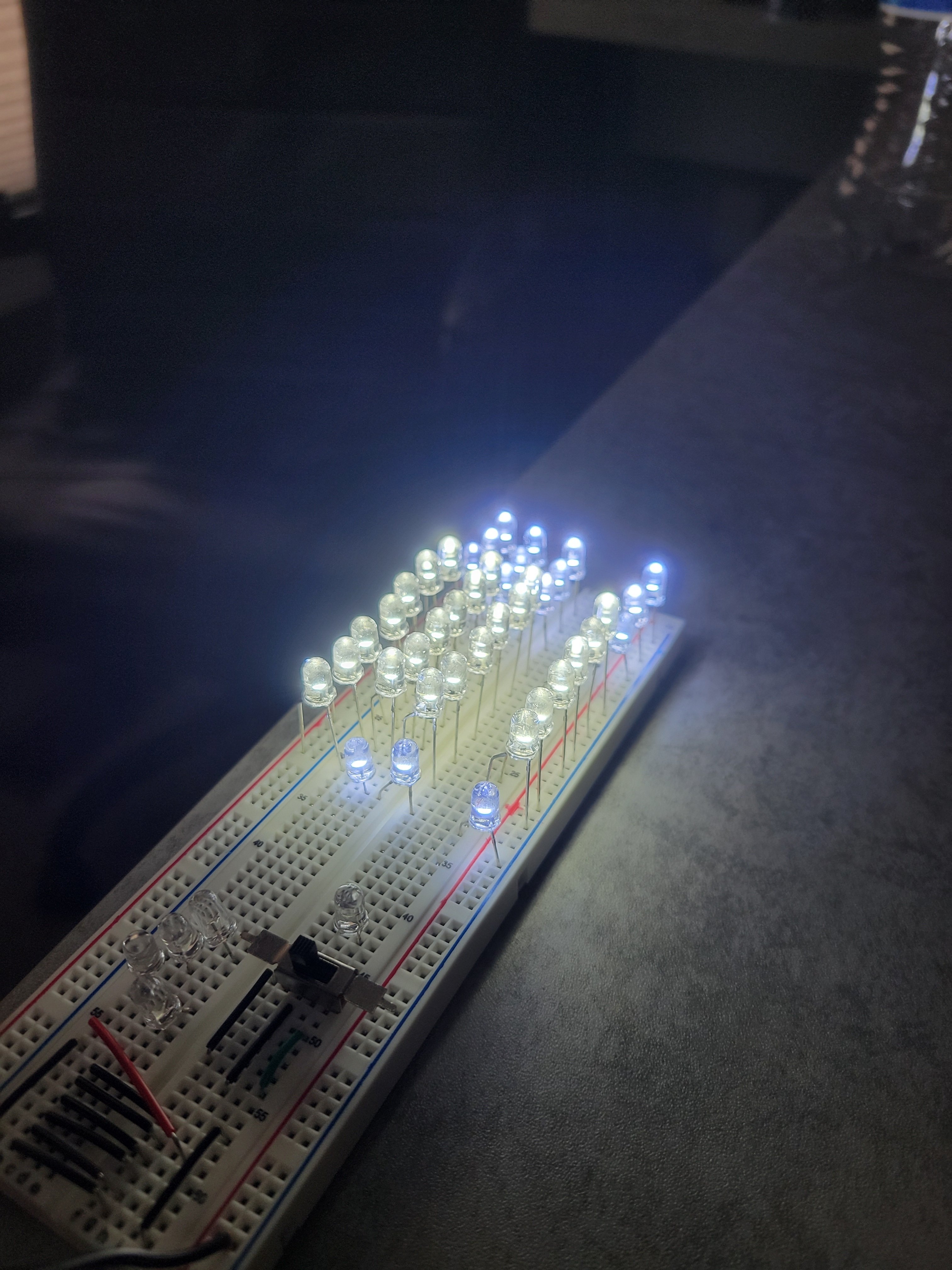
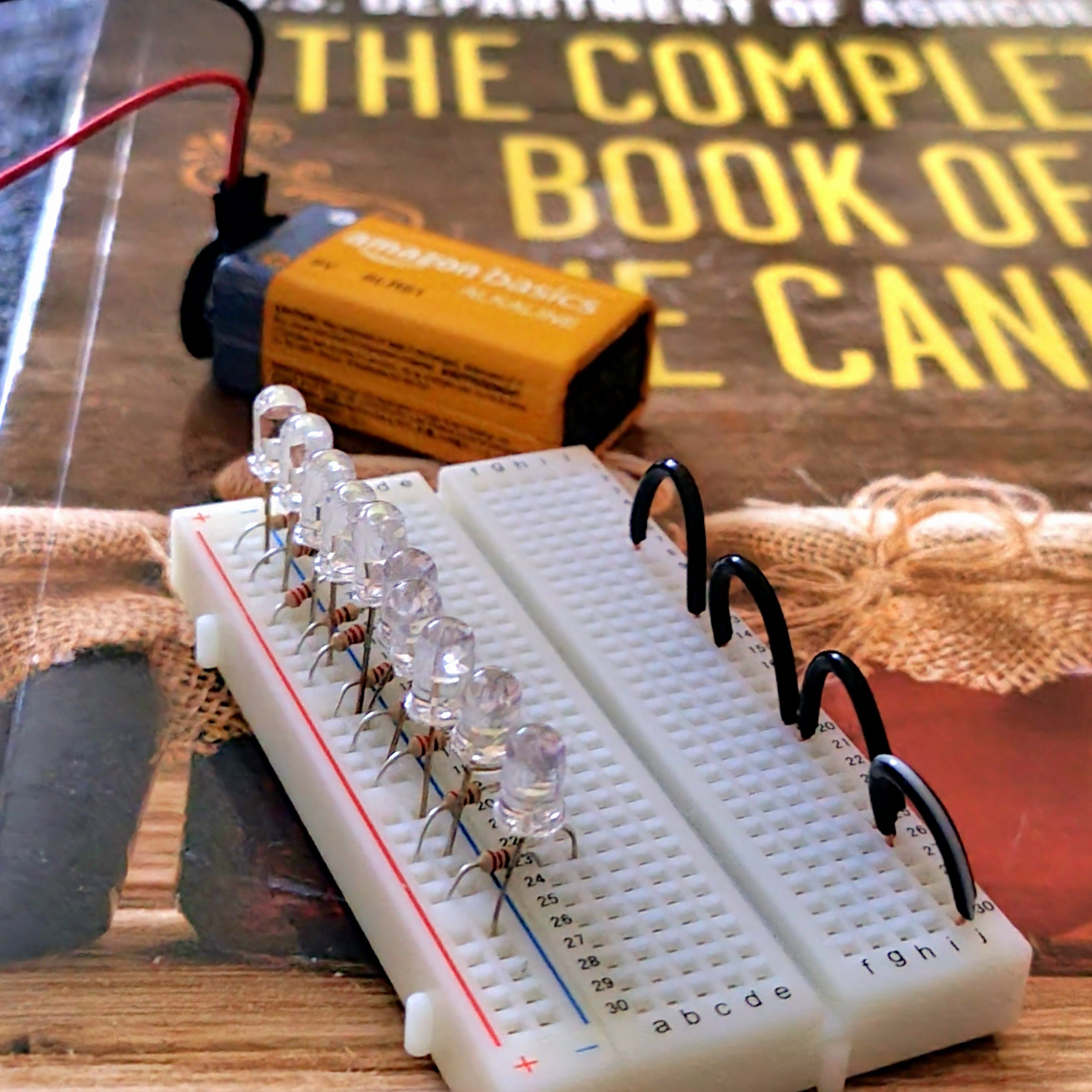
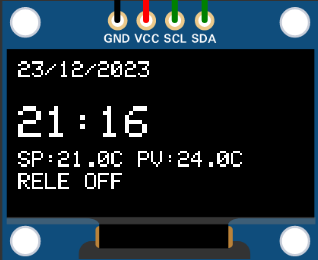
 i made this little board to allow me to have an input
i made this little board to allow me to have an input
